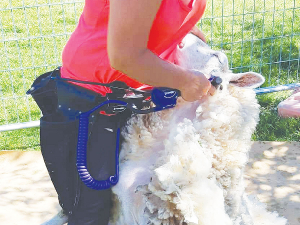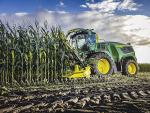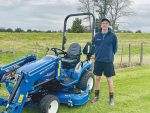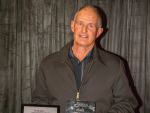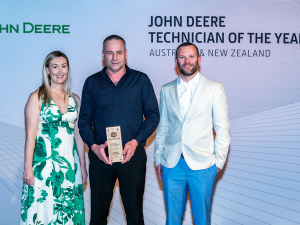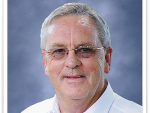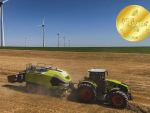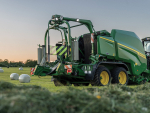After many hours of brainstorming, trouble shooting and trialling, David Short “married” a traditional Lister handpiece with a direct drive brushless motor attached to the rear to create the Handypiece.
This is a portable shearing and tail trimming tool, available at a reasonable price, with no mains power required.
Slim to hold and familiar for anyone who has ever used a hand piece before, the unit allows users to keep on top of problems like fly strike, keeping animal health to the optimum. Offering variable speed from 2,600 – 3,500rpm, Handypiece can crutch between 300-400 sheep from one battery charge.
For dagging, crutching and trimming cows’ tails, the unit is typically at a mid-speed of 2,800 rpm. Those requiring a finer cut while shearing can wind the speed up to the 3,500rpm maximum.
The machine also allows alpaca shearers to use a traditional handpiece that is slim to hold but has the ability to reduce the speed to that of a clipper.
Handypiece also can be customised for left handed users or configured with the power cord out of the middle of the motor, by right and left-handed users.
Being a traditional handpiece, it takes all standard combs and cutters of any brand the user prefers.
www.handypiece.co.nz

